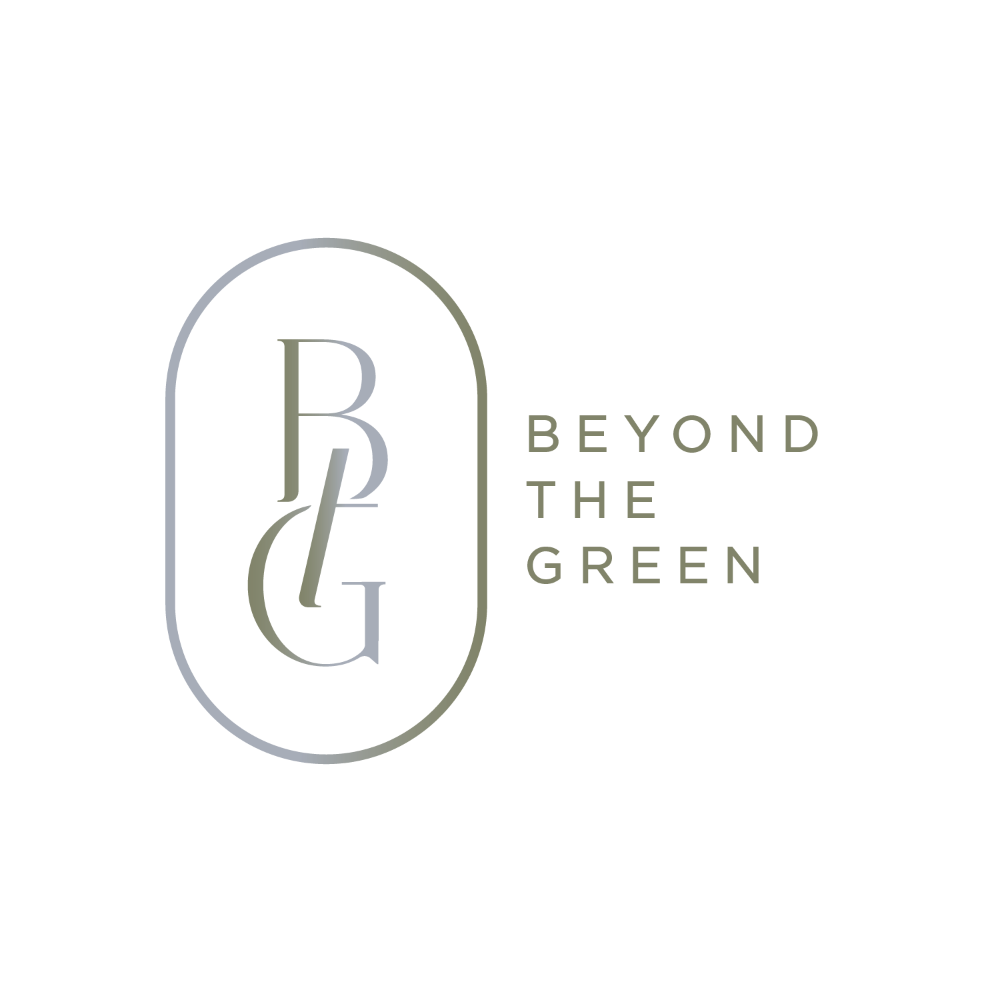Best HYSA for Interior Designers
Oct 09, 2024
Organizing Your Accounts for Your Interior Design Business: A Guide to Maximizing Your Financial Success
Even if you’re already running a successful design business, financial organization is what allows you to take things to the next level—whether that’s growing your company, exploring new revenue streams, partnering with others, or even positioning your business for acquisition. As an interior designer, staying organized and ensuring your money is working for you is key to achieving these goals.
And let’s be honest: attention to detail you have, wanting to sit down with the money, you may avoid. So one of the simplest ways to do this is by structuring your accounts effectively, including making smart use of high-yield savings accounts (HYSA).
Key Points to Keep in Mind When Selecting a High-Yield Savings Account:
- Understand the Rules: Make sure you fully understand the terms and conditions of the account you choose. This is your money, and you’re responsible for its success.
- FDIC Insurance: All banks listed are FDIC-insured, typically up to $250,000 per depositor, per bank. Be sure to check each bank’s specific coverage regulations.
- APY Fluctuations: Annual Percentage Yields (APYs) can change based on inflation and interest rates, so be prepared for potential shifts.
- Avoid Account Hopping: Chasing the highest offer by frequently opening and closing accounts isn’t worth it. Stick with one account for at least 12 months and reassess your options after that.
Did you know? the average interior design business has a net profit of 3.3%. While it’s a small margin, having the right accounts can help move that percentage up.
Disclaimer:
Before making changes to your accounts, always consult your tax professional. It’s always smart to have your financial team notified of any updates/changes, and your CPA will be able to identify any red flags.
A key question to ask is, will moving money out of the business account into personal high-yield savings accounts have any tax implications?
Key Features to Look For in an HYSA as an Interior Designer:
When selecting the right HYSA, look beyond just the interest rate. Here are some features you should prioritize:
1. Ability to Connect Business Credit Cards or ACH
Linking your HYSA to your business credit cards can simplify financial tracking and payment processes, especially when it comes to COGS. It allows seamless transfers to pay off balances or manage expenses more efficiently. ACH transfers can also automate payments for recurring expenses like studio rent, vendor invoices, or quarterly taxes, helping keep your focus on the creative side while your finances stay organized.
2. Quick Transfer Times Between Accounts/Banks
In the interior design world, timing is crucial. Waiting days for transfers to process can slow down projects or delay essential payments like vendor deposits. Opt for an HYSA with quick transfer times between savings, checking, and external accounts, so your cash flow stays uninterrupted.
3. Multiple Savings Accounts
Interior designers often juggle various financial goals, from saving for taxes to funding future projects; I give some examples of how to organize your accounts best below. Some HYSAs allow multiple savings accounts under one umbrella, making it easy to organize your funds. Separating money for taxes, project investments, and emergency funds ensures you know where every dollar is going.
PROTIP: I have found that most small businesses can’t automate savings due to the nature of cash flow, but they can systemize how often they transfer money back and forth. Identify your current accounts transferring system and see if you can do more with less time.
How to Organize Your Accounts as an Interior Designer
Having the right structure for your business accounts will ensure you’re prepared for taxes, expenses, and future growth. Here’s how to break it down:
- Emergency Fund
This account is your safety net, separate from your business checking account. By placing it in a HYSA, your emergency fund can grow while sitting unused. Aim to set aside six to twelve months of business expenses here. This ensures that if you hit a slow period or an unexpected event occurs, your business can continue running smoothly.
- COG (Cost of Goods) Deposits Account
Client payments specifically for purchasing materials or products should go into this account. Separating these funds ensures they aren’t mixed with your operational cash, so you always have the money ready for furniture orders, fabric, or any other project-specific costs.
- Sales Tax Account
If you're collecting sales tax from your clients, it should go into a separate account. This will prevent you from accidentally spending those funds and make sure you have the correct amount set aside when it’s time to remit taxes to the state.
- Tax Savings Account
Your tax obligations as a business owner require careful planning. A tax savings account allows you to set aside a portion of your income for quarterly tax payments, ensuring that when taxes are due, you’re fully prepared without dipping into your working capital.
Ready to Take Control of Your Design Business’s Finances?
By organizing your accounts and selecting the right HYSA, you’re setting yourself up for long-term financial success. Check out the comparison table below to see how these features stack up across different high-yield savings accounts, and start making the most of your money today:

Marcus / Synchrony / Discover / Live Oak Business / Ally / Wealthfront
Incorporating a HYSA into your business strategy gives you the power to manage cash flow with ease, save for future opportunities, and keep your interior design business thriving financially. Looking for more support with your business strategy?
Beyond The Basics: Our Glossary Of Financial Terms
We define the lingo you'll need to become a finance expert!
We hate SPAM. We will never sell your information, for any reason.




